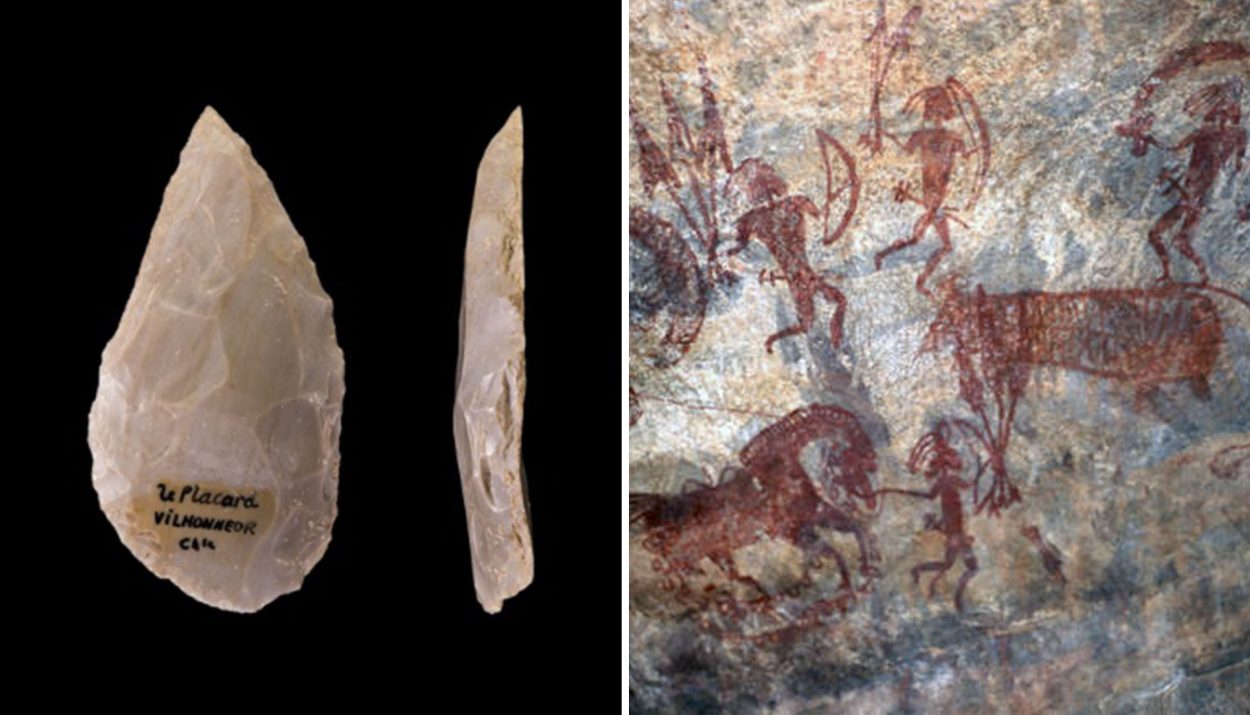Sometimes you have to put two pieces of evidence together if you want to get a true picture. That’s what one researcher discovered after making some significant discoveries in France. One of those items was a tooth. The other was a flint tool.
Each item, as we will see, offers evidence that may rewrite the history of early mankind. However, it is when we look at them both together that a bigger picture emerges. And it was all thanks to the keen eye of an archaeologist.
A Tiny Tooth
As part of the ongoing study into the evolution of modern humans and their interactions with other extinct human species, a team of archaeologists have been doing ongoing excavation work at Grotte Mandrin, a cave located in France’s Rhone Valley.
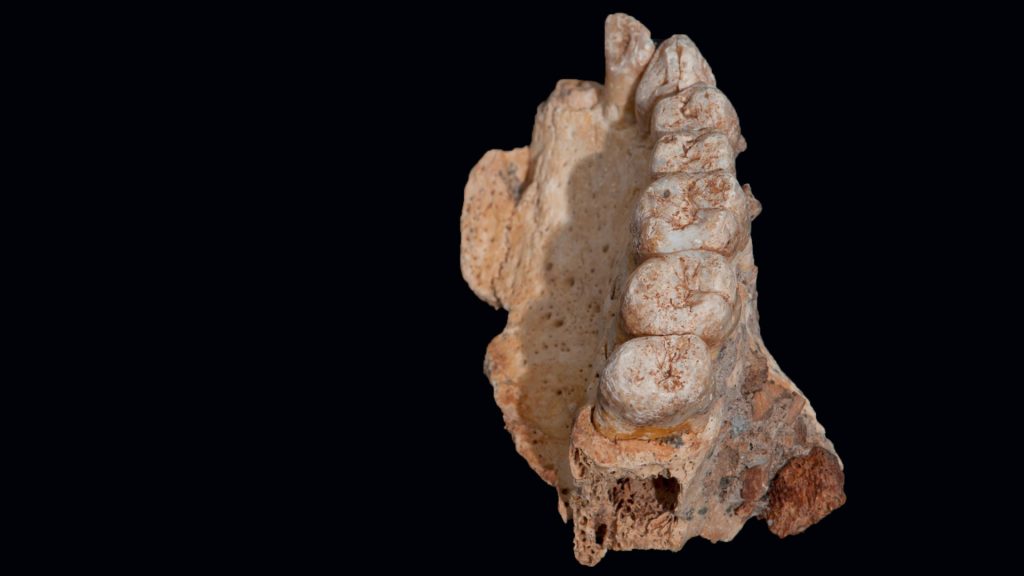
In 2022, researchers unearthed a tiny tooth – a baby tooth – that appeared to have come from a homo sapiens, however the age of the tooth was much older than the accepted timeline of when homo sapiens were living in Europe. In fact, the tooth could push the timeline back some 10,000 years. That is, if the tooth was really what it seemed.
The Mandrin Cave, a Mecca for Ancient Humans
France’s Mandrin Cave is an exceptional place and could be key to understanding the complexity of human history. It has been proven that the cave was inhabited by migratory Neanderthal people tens of thousands of years ago. The cave offered ideal shelter and there was an abundance of wildlife in the area.
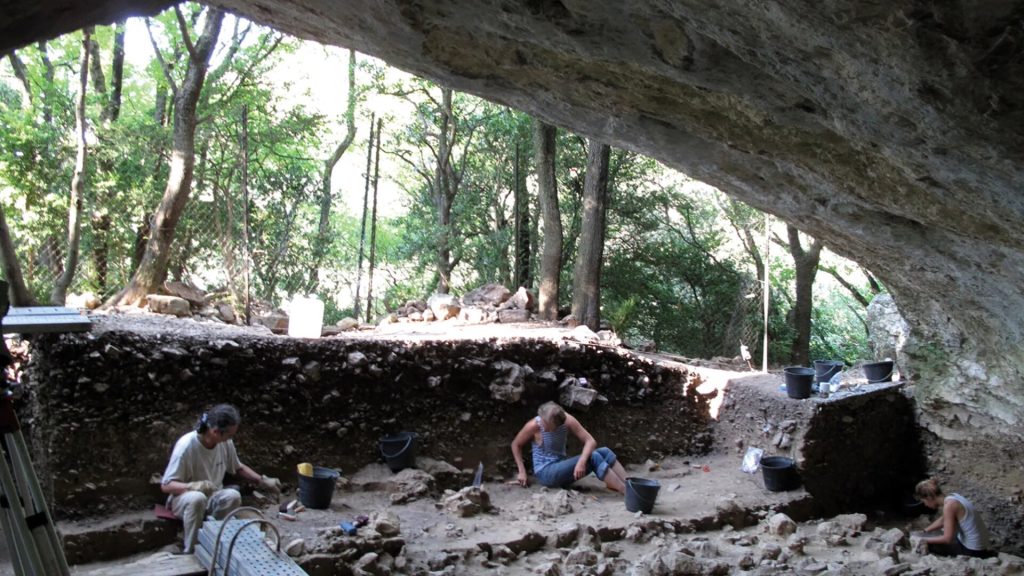
But the Neanderthals weren’t the only species of humans drawn to the cave. Early modern humans also lived in Mandrin Cave and may have even interacted with the Neanderthals. Evidence supports the presence of homo sapiens in the cave between 56,800 and 51,700 years ago … earlier than what was previously thought.
Conflicting Findings on the Tiny Tooth
The discovery of the tiny tooth in Mandrin Cave caused much excitement in the archaeology world. Katerina Harvati of the University of Tubingen said, “This is really interesting and exciting. It shows the complexity of the modern human dispersal in the European continent and eventual replacement of Neanderthals.”
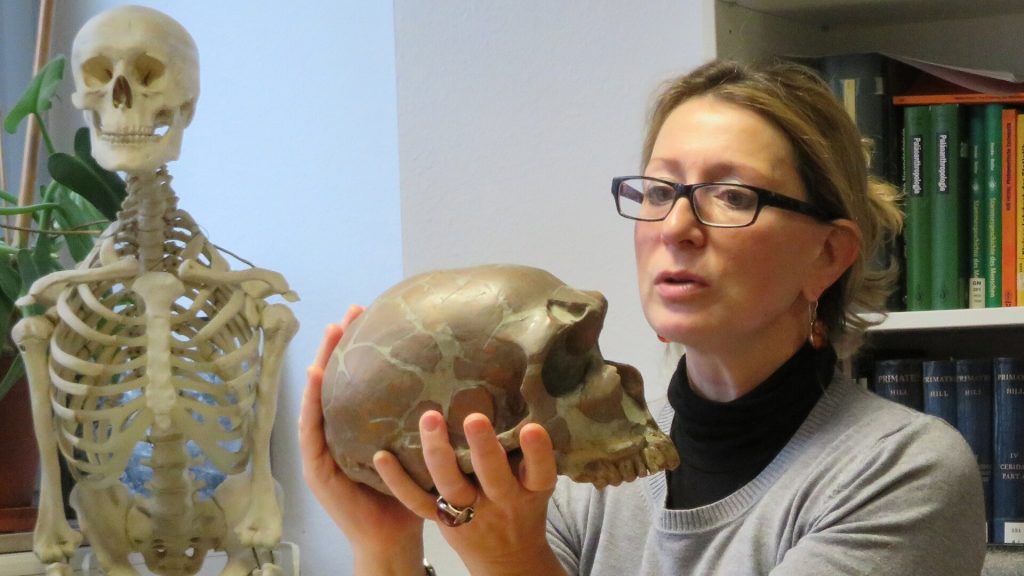
Unfortunately, there was a problem. The researchers were unable to extract DNA from the tooth to confirm that it came from a homo sapiens, not a Neanderthal. Without this proof, the timeline remained unchanged. The idea that modern humans were in Europe 10,000 earlier than thought remained an unproven theory. For now.
More to the Story
A year after the discovery of the inconclusive tooth at Grotte Mandrin, one of the lead researchers and co-author of the report, Ludovic Slimak, made an observation that helped to put two pieces of the puzzle together in an unexpected way.

Paleoanthropologist Ludovic Slimak is the Director of the Grotte Mandrin research project and a professor at the University of Toulouse in France. He is an expert on late Neanderthal societies, the author of numerous scientific research articles, and one of the foremost authorities on Neanderthals.
Other Findings in Grotte Mandrin
The tiny tooth was not found in isolation in the Mandrin Cave. With it, the archaeologists discovered stone tools. When the discovery was made, the researchers were unable to definitively determine which group of early humans – Neanderthal or modern humans – made the tools.
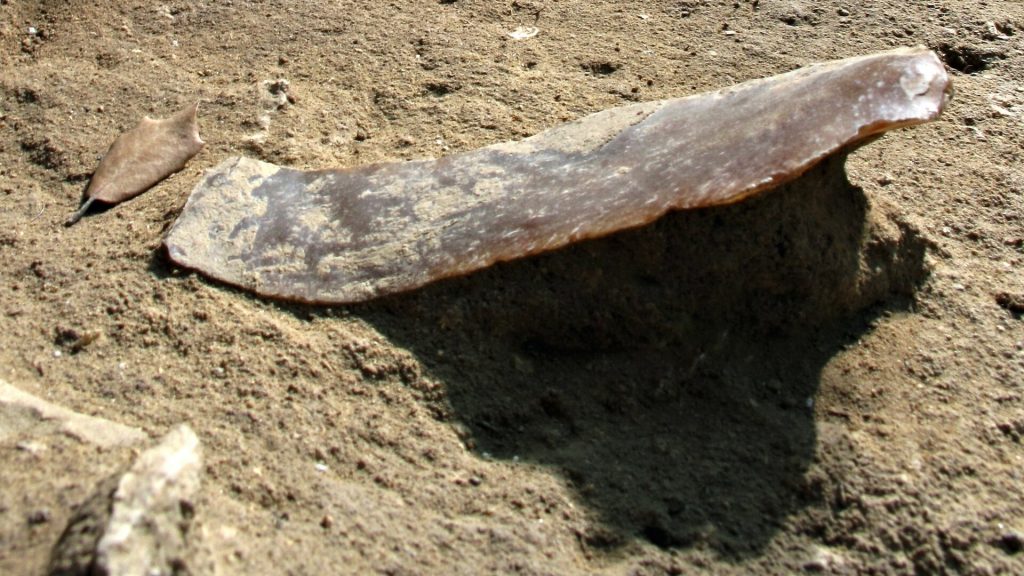
In late 2023, however, Dr. Slimak made an observation that just may shed light on the origins of the tools and the tooth. And that observation was not made in France, but a location much further away.
The Peabody Museum
As part of his research, Sr. Slimak visited the Peabody Museum of Archaeology and Ethnology at Harvard University in Cambridge, Massachusetts. There, he came across a collection of stone tools that were unearthed at the Ksar Akil prehistoric site near Beirut, Lebanon.
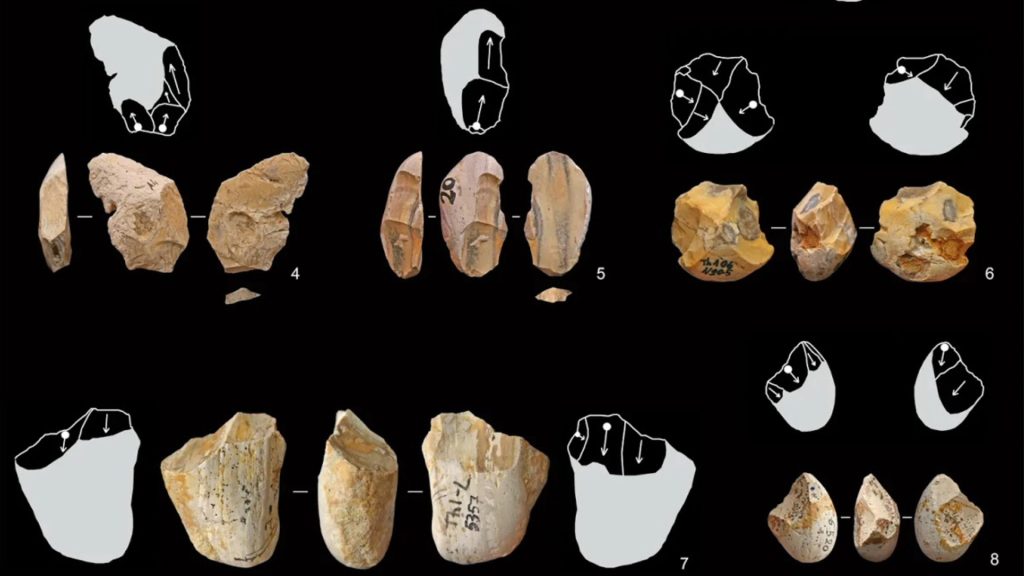
The Ksar Akil site was first discovered in 1900 and was excavated in the mid-1920s, mid-1960s, and in more recent times. The overhang at this site housed early modern humans. Skeletal remains, stone tools, beads, and other artifacts linked to modern human inhabitation have been found.
“You Can Read Flint Like a Book“
Flintknapping is a precise science. Dr. Slimak explained, “You can read flint like you can read a book.” What he means by that is that you can follow the steps that were used to work the material.
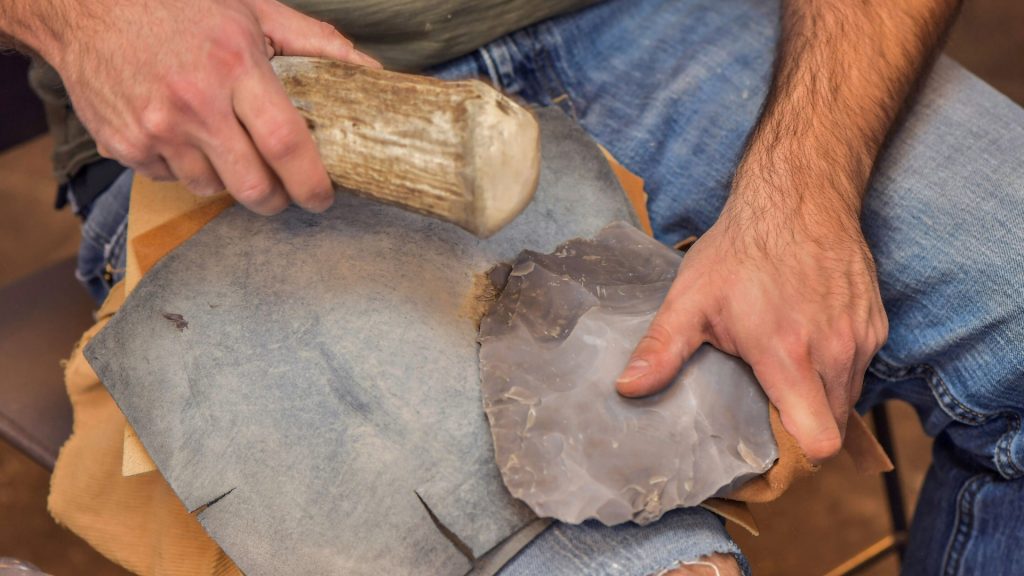
This is also true of prehistoric items made of flint. “It’s not simply the end product, but you can see the technical phases of production,” he added. The technical process for working flint varied from group to group.
The Lebanon Tools Were Created the Same Way the French Ones Were
Dr. Slimak was curious about the similarities between stone tools found at the site in Lebanon and the one found at Grotte Mandrin in France, so he wanted a closer look at the artifacts Ksar Akil in the Peabody Museum’s collection. “When I opened those boxes, I had a very huge surprise.”
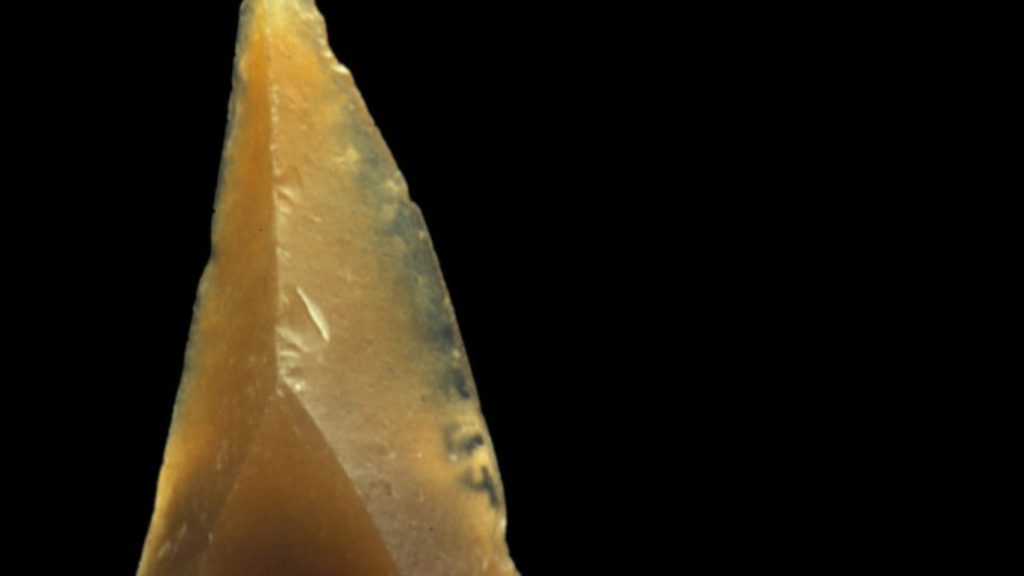
He continued, “It was the same technical process. All the phases of production were the same as at Grotte Mandrin.” This led him to conclude that the stone tools found at Grotte Mandrin were made by modern humans, not Neanderthals.
Created by the Same People?
According to Dr. Slimak, there were numerous ways to work the flint to fashion the stone into tools. He explained that it would have been highly unlikely that two groups would have developed the same techniques independently from each other. In fact, he said it would have been very unlikely.

“It’s something almost impossible unless you are just the same people,” He noted. “It was very clear to me that I was facing the same populations and the same culture.”
A Step Closer to Proof
Based on this new observation, Dr. Slimak has published a recent scientific paper in which he posits that the incredible similarities between the technique used to make the stone tools in Lebanon and at Grotte Mandrin could not have occurred by coincidence.

He outlined his theory that modern human migration into Europe occurred in three waves. The tiny tooth and the stone tools uncovered in France were artifacts from the first of these phases. His theory pushed back the timeline by more than 10,000 years.

